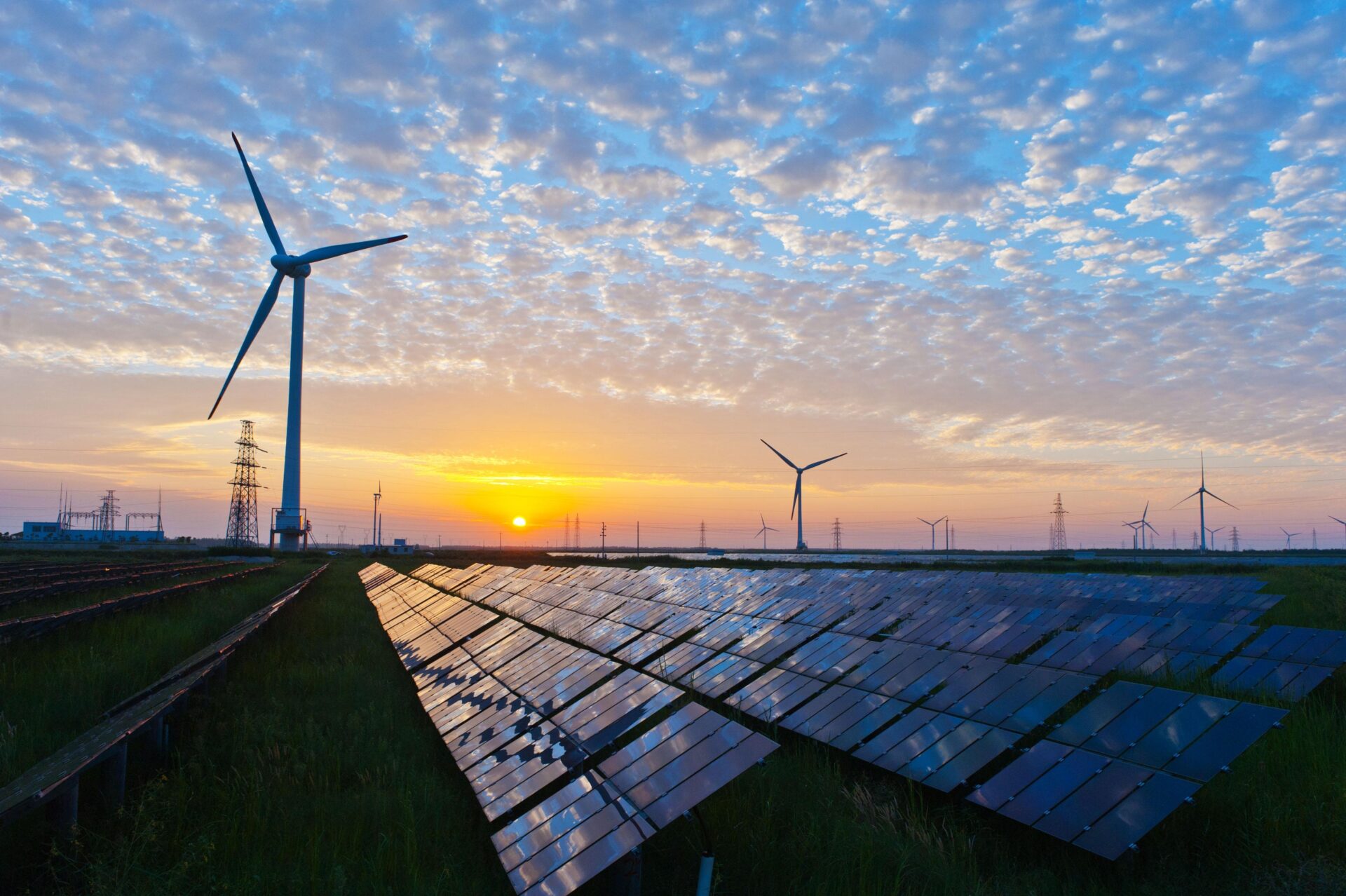Countering climate damage
Despite the disappointments, there is a glimmer of hope. One of the victories of the most high-profile climate conference is an agreement to establish a Loss and Damage Fund. This is to help the most vulnerable countries affected by climate change, such as through drought or extreme weather. However, the details of the fund have not yet been determined. For example, it is still unclear how the fund will be financed. That will have to wait a year until the next COP in 2023. There the financial system will be further thought out.
The post-2025 funding target will also have to wait, as well as completion of a mitigation work program. This work program should ensure that emissions reductions will be accelerated. The program should also provide safeguards so that key states can hold each other to immediate actions by raising climate ambitions. The agreement, on the other hand, came about with difficulty. Difficult negotiations meant an extra day was needed, and countries like China balked. A country like China is not required to contribute to the damage fund, but the option for funding from these "emerging economies" remains open at the initiative of the U.S. and EU on the negotiating table.
Nature Protection
Another major country was also prominent at COP27. Newly elected President Lula stated, "Brazil is back to re-establish its ties with the world." Along with Indonesia and Congo, Brazil signed the Rainforest Protection Act which holds countries accountable in their pledge to end deforestation starting in 2030. The countries contain more than half of the world's tropical rainforests. Earlier in Glasgow, the pledge was made. This will allow the forests to continue to serve the function of CO2 storage.
Agriculture
Agriculture also took center stage at the summit. At the initiative of the US and United Arab Emirates, eight billion dollars will be made available for emission reduction and climate adaptation of the agricultural sector through the Agriculture Innovation Mission for Climate (AIM). An initiative already launched last year. In addition, the UN announced the launch of a public database of methane leaks. These leaks can be detected via satellite: the Methane Alert and Response System (MARS). Detecting methane leaks should encourage companies to reduce methane emissions. The ambition to reduce methane emissions by 30% through the Global Methane Pledge has been signed by more than 100 countries.
Renewable energy
Encouraging developing countries through a damage fund is not the only way climate change is being countered. With Dutch support, a new fund, the SDG Namibia One Fund, has been established. A blended financing platform that should develop and accelerate green hydrogen in Namibia. This is expected to attract both public and private capital. The Netherlands, through Invest International, will invest 40 million to finance the first projects. A declaration has also been signed with Oman to provide the Netherlands with green hydrogen. This will establish import and export facilities, as well as an exchange of knowledge and research.
Fossil fuels
In the final agreement one thing stands out: there is no text on phasing out fossil fuels. There is also unease over the mention of seeking a mix of clean energy through renewables and "low-emission" energy. Thus, the mention of low emission, and its abstract definition, could allow fossil companies to find a "loophole" in the final agreement when it comes to gas. However, it does state that this should be in line with national circumstances. In addition, the one-and-a-half degree target officially stands. So there is no tightening during the Climate Summit. Critics say this is a result of the impact of gas and oil giants from Russia and Saudi Arabia who were present at the conference.
"Stresses the importance of enhancing a clean energy mix, including low-emission and renewable energy, at all levels as part of diversifying energy mixes and systems, in line with national circumstances and recognizing the need for support towards just transitions"- COP27 final agreement
In the eyes of politicians, COP27 appears to have been cracked rather than made after all. "In a year with many extreme weather events and alarming climate reports, we failed to make major progress on reducing CO2 by all countries that emit a lot. That is extremely disappointing," Minister Jetten stated. Disregarding the disappointment, the minister nevertheless returns with a victory: "a real acceleration in our climate approach," he said of the damage fund.
The next climate conference (COP28) will take place from Nov. 30 to Dec. 12, 2023, in the United Arab Emirates.


